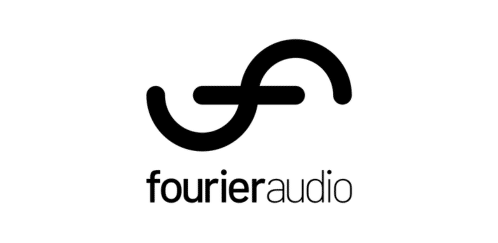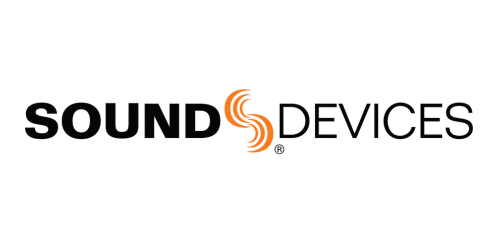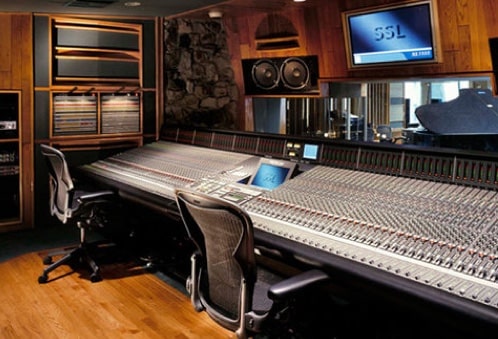Deborah Harry, who’s languished as a pop culture and fashion icon since she blasted onto the scene in the mid-70s, seems to be omnipresent of late gracing the pages of magazines from Harper’s Bazaar to the cover of Rolling Stone. But perhaps her greatest lasting legacy is of the musical variety, with her band Blondie, still going strong nearly forty years since they got together. The lineup these days includes core members Chris Stein on guitar and drummer Clem Burke, along with Matt Katz-Bohen on keyboards, Lee Fox on bass, and Tommy Kessler on guitar. The group took to the road in 2011 in support of Panic of Girls, their ninth studio album. At the tour’s audio controls was Rod Nielsen of Austin, Texas’ Big House Sound, Inc. on a DiGiCo SD8/DRack system.
Nielsen actually purchased two SD8s over three years ago to fill the bill for the Blondie and Blues Traveler tours, as well as to accommodate specific rental requests. With the release of the new Blondie record, Nielsen packed up the SD8 last spring for nearly 5 weeks of gigs throughout Europe and the UK. The console’s diminutive size gave him the luxury of shipping it with the rest of the backline, and allowed him to keep the band’s sound consistent from venue to venue without being at the mercy of whatever rental gear was available at each gig. Size notwithstanding, Nielsen found so much more to love about the console.
“”Functionality-wise, the SD8 is great,”” he stated, “”but the biggest reason I like the console is it really does sound quite a bit better than other consoles in its price range. The high frequencies on the console don’t seem to fall apart as easily as other consoles. It seems to be very open; the high-end is there but it’s not shrill and the low end is tight and warm. The ‘verbs are very nice as is the compression. The fact that the console can be setup any way you want; the inputs can be anywhere at anytime, you can have them in multiple places at anytime, control groups and returns in any place you want them to as well. Setting up the console makes a lot of sense to me. All of my banks have the FX returns needed for those specific inputs built into them. So for example, I can bring up my drum bank and all the drum inputs and FX are all right there. Everything that I use is right there on each page or bank of faders. The left side of my console is the side that I rotate through; my right side is vocals and all the things I want to stay up all the time. Other consoles, when you flip through pages all the faders flip. On the SD8, it’s just the ones you want to. So functionality wise, it seems a lot faster to me. And seems like it makes a lot more sense.””
In addition to the plethora of onboard effects, Nielsen’s carrying a rack of his favorite outboard gear. “”Which doesn’t mean that the reverbs in the DiGiCo don’t sound good, its just there are a few things that have a specific sound that I like to add in. For example, I like the sound of analog compression and have two dbx 162SLs. I also have a Bricasti M7 reverb, an Eventide DSP7000 for a bit of thickening and that Antares sound when needed, a Dolby Lake Processor, as well as a TCD2 delay because I like some of the 2290-style delays that it can do. These are effects that I could probably get on the console but I have this comfort feeling using them and have been for a long time. The Bricasti reverb is just a beautiful verb and I want that specific sound.””
Nielsen makes use of a Motion tablet for the 8in/8out Dolby Lake Processor housed in his rack. “The DLP is used for system EQ, delay and distribution and receives three AES inputs from the SD8 that include Left, Right and Sub, with outputs including Left, Right, Sub 1, Sub 2, Front Fill, Center, Delay and Production Feed. Using the DLP this way frees up AES and analog outputs on the SD8 for other uses and allows me to do my room correction with Lake and the tablet. The analog inputs and outputs on the SD8 are used for two dbx 162SL’s inserted on Debbie’s vocal, bass subgroup, and Left & Right as well as send and return of the TC D2, the send of the Bricasti M7 and FOH talkback. The AES ins and outs are the Eventide DSP7000, RME UFX interface and the returns of the Bricasti M7. In addition, the entire rig is clocked using an Apogee Big Ben clock with feeds to the console, DLP and the RME.””
Nielsen and Big House partner Roy Kircher have been more than satisfied with their SD8 purchases. A decision that was a result of hearing the console in action at the Austin City Limits Festival a number of years ago. He says although the deciding factors at the time was the buzz on the console and its growing popularity, it proved to sound and perform better than most of the consoles they’d had in stock. “”So we bought two,”” he laughed. “”In central Texas, we’re one of the only rental houses that have these consoles and we get rental requests not just from bands but also from other sound companies as well. They’ve filled a niche for us in this biz as a higher-end, specialty console. Plus, they’re great sounding and a step above everything else we have in their price range. The big thing with digital consoles is everyone’s worried about how reliable they are. Does it handle the road, does it work everyday and can you rely on it? And the answer is Yes. We’ve had NO issues with either one of our consoles, whether its reliability or crashing issues, and they’ve paid for themselves time and time again.””
















